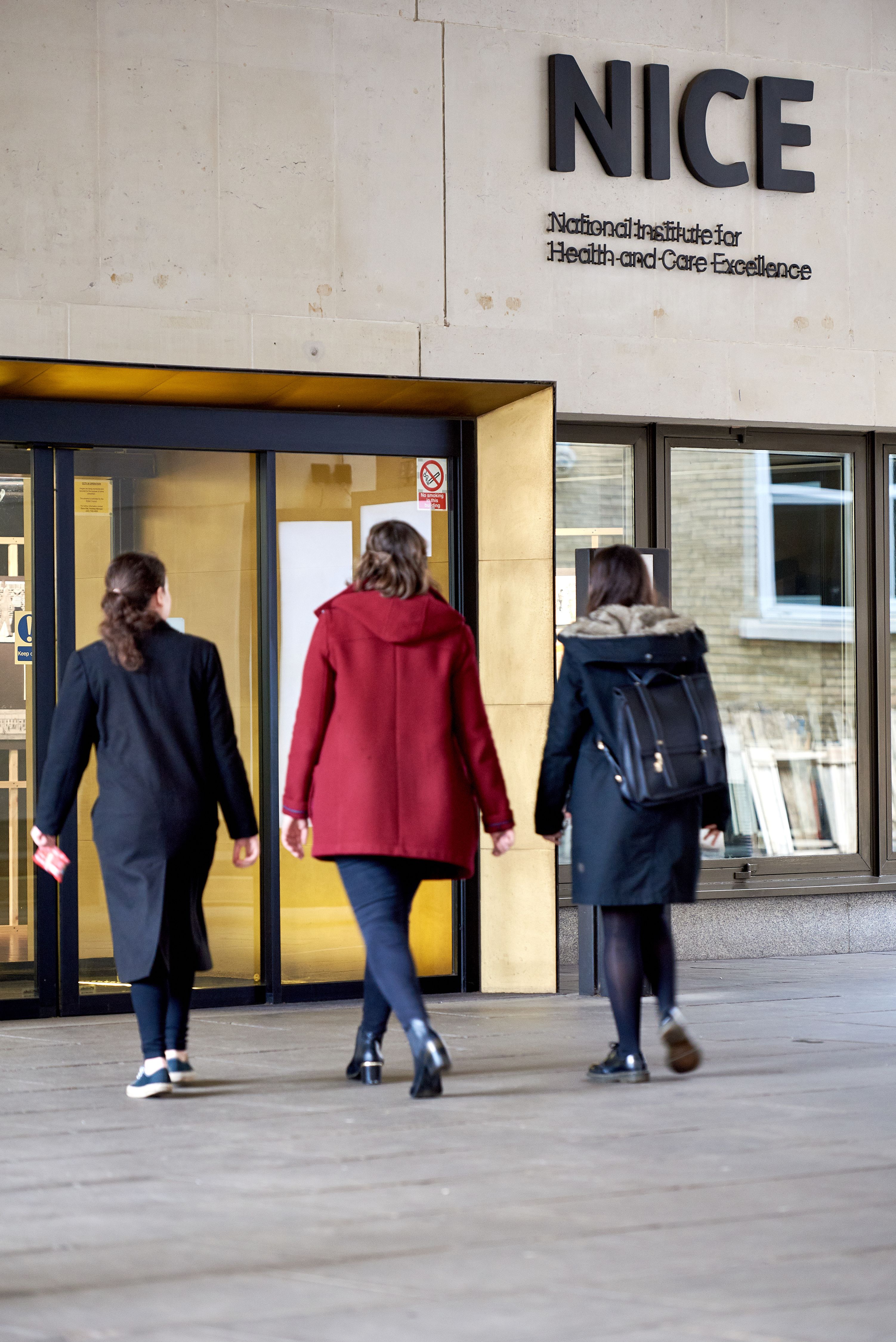Co-existing mental illness and substance misuse
A health inequalities case study


Our guidance supports strategies that improve population health as a whole, while offering particular benefit to the most disadvantaged. In this case study, we talk to Jane Bethea, consultant in public health at Nottinghamshire Healthcare NHS Foundation Trust. Jane outlines the work of Nottinghamshire’s substance misuse and mental health pathway development group. This is a partnership of commissioners and providers in statutory and voluntary community sector organisations. She explains how the group has been using NICE guidance to develop a partnership model of care for the benefit of patients.
"Equity lies at the heart of our approach to guidance development. The implementation of NICE recommendations ensures that care is effective, resources are used efficiently, and health inequalities are reduced."
Sharmila Nebhrajani, NICE chairman
"NICE guidance provides a valuable evidence-based framework. It’s an important lever and the starting point for so much of our health inequalities work."
Jane Bethea, consultant in public health, Nottinghamshire Healthcare NHS Foundation Trust
A vulnerable group
Studies estimate that 20% to 37% of people in secondary mental health services and 6% to 15% of people in substance misuse settings have co-existing mental illness and substance misuse issues. 1
“People with co-existing mental health and substance misuse needs are among the most vulnerable in our society,” begins Jane. “Data suggests they can also experience poor health.”
To help tackle this issue, NICE has produced guidance on coexisting severe mental illness and substance misuse: community health and social care services.
1 - Carrà G, Johnson S. Variations in rates of comorbid substance use in psychosis between mental health settings and geographical areas in the UK. Social psychiatry and psychiatric epidemiology. 2009; 44:429-47.

Jane Bethea, consultant in public health, Nottinghamshire Healthcare NHS Foundation Trust
Jane Bethea, consultant in public health, Nottinghamshire Healthcare NHS Foundation Trust
A new model of care for Nottinghamshire
“At the start of the project, one of our earliest tasks was to map our existing service against NICE recommendations,” Jane explains. “This gave us a strong starting point. From these foundations, we could begin to think creatively, ensuring that what we were proposing was right for all our population, including diverse communities.”
In-line with our guidance, Nottinghamshire’s pathway development group created a model of care that:
- Offers patient support across inpatient and community settings, ensuring substance misuse issues are consistently addressed alongside mental health.
- Ensures specialist expertise is available across local services, creating a seamless pathway.
- Provides staff with appropriate training and development, helping them to have a better understanding of co-existing mental illness and substance misuse and how best to support those affected.


Jane recognises that organisations such as NICE have helped drive targeted action to reduce health inequalities.
Jane recognises that organisations such as NICE have helped drive targeted action to reduce health inequalities.
The bigger picture
This pathway is part of a wider programme of work led by Nottingham City Severe Multiple Disadvantage Partnership. The partnership aims to improve outcomes for people experiencing multiple disadvantage – including combinations of homelessness, substance misuse, mental health issues, domestic abuse and contact with the criminal justice system.
“This work is a priority theme within our health and wellbeing strategy,” Jane explains. “We’ve also secured £4 million from the government’s Changing Futures Programme, which is fantastic. We’ll use this to support individual patient care and the system change needed to ensure all services can respond appropriately to the needs of this vulnerable group.”
Jane recognises that organisations such as NICE have helped drive targeted action to reduce health inequalities. “The impetus to tackle health inequalities is on a strong trajectory,” she asserts. “Within the health and care system, we’ve got some real health inequalities champions. They are speaking loudly, and they are being heard. It’s heartening to witness.”
Evaluation
“Health inequalities are complex and quick fixes are rare,” acknowledges Jane. “You need a system that is mature enough to recognise that some of this will take time. Weaving in strong metrics around health inequalities, within short contract cycles, although not impossible, can prove tricky.”
Despite these challenges, Jane and her team have developed robust evaluation tools for the project and are beginning data collection. They’ve focused the work in 3 areas:
- A health needs assessment to better understand the level of local need in relation to mental illness and substance misuse.
- A whole pathway evaluation.
- A qualitative evaluation to assess the benefits of peer support workers with lived experience.
“The work we are doing is making a real difference,” concludes Jane. “NICE and others have highlighted that investing in this area is essential. It’s a positive step forward in closing the inequality gap.”

Find out more
If you’re responsible for planning, prioritising, purchasing and monitoring health, public health and social care services, we’re here to support you. By balancing best care with value for money, we can help you achieve the best health outcomes for the communities you serve.